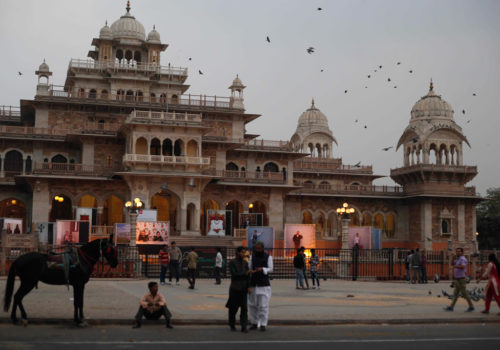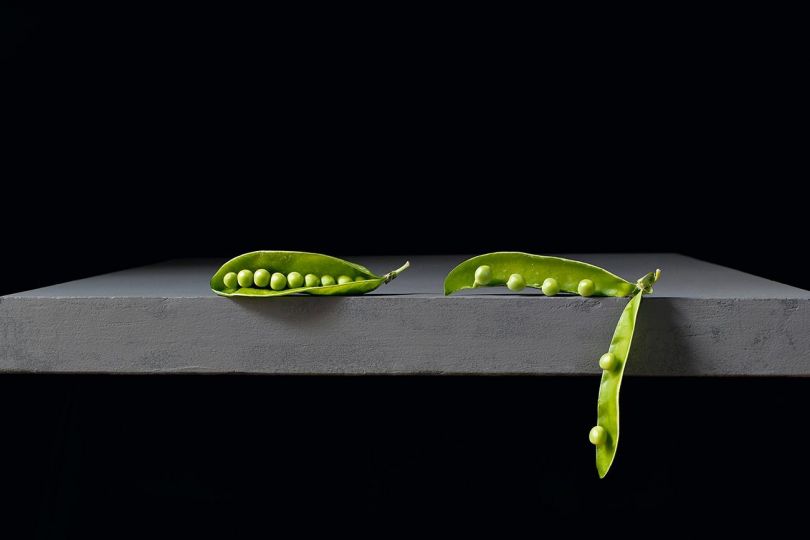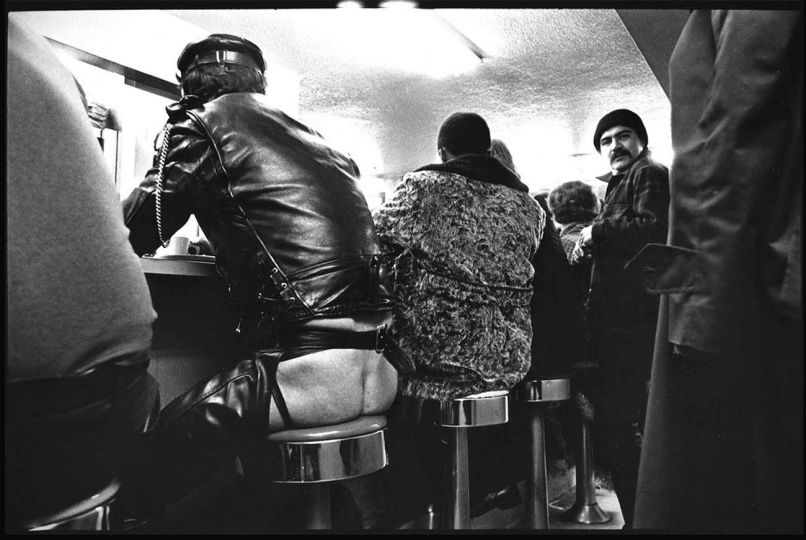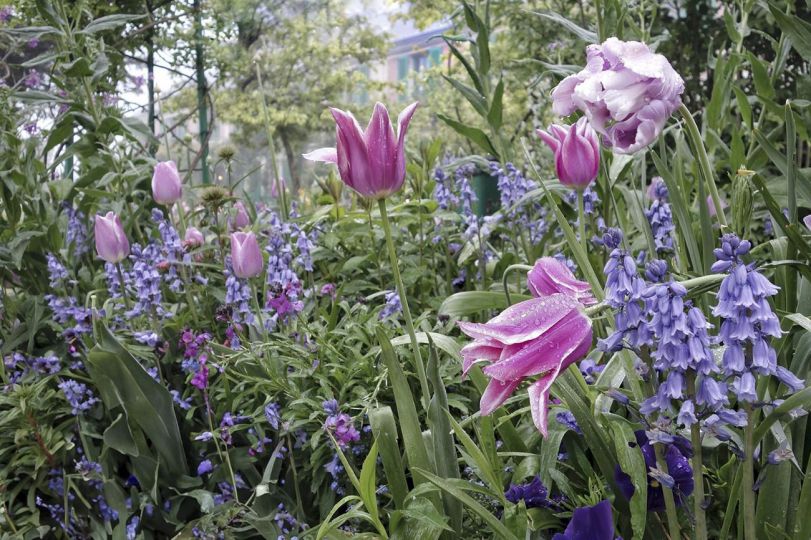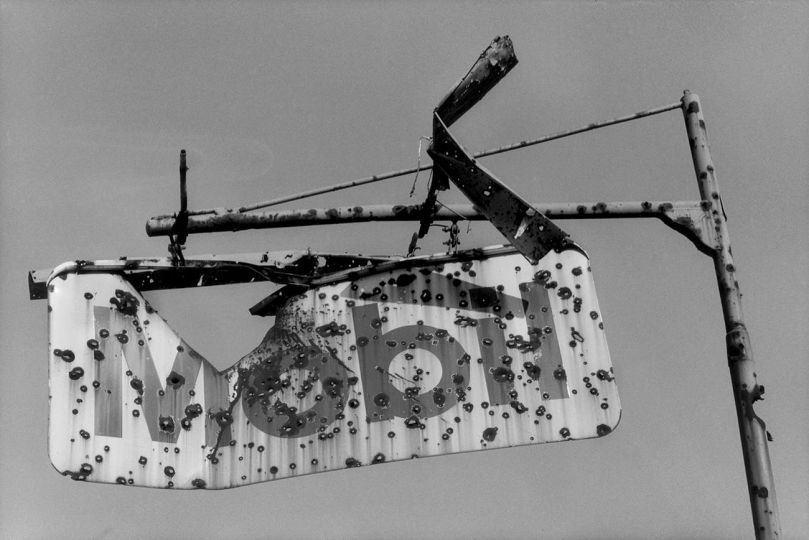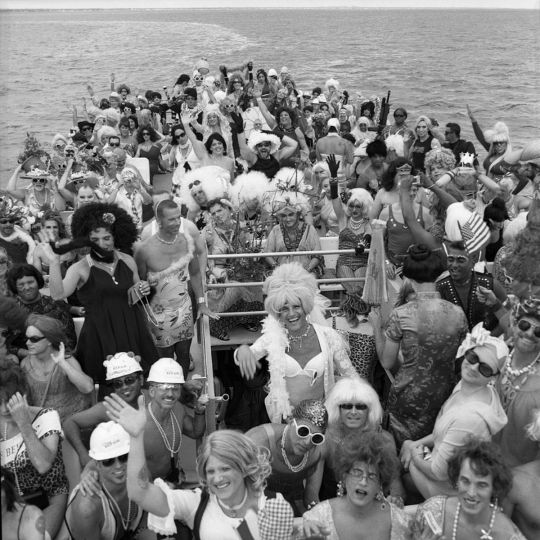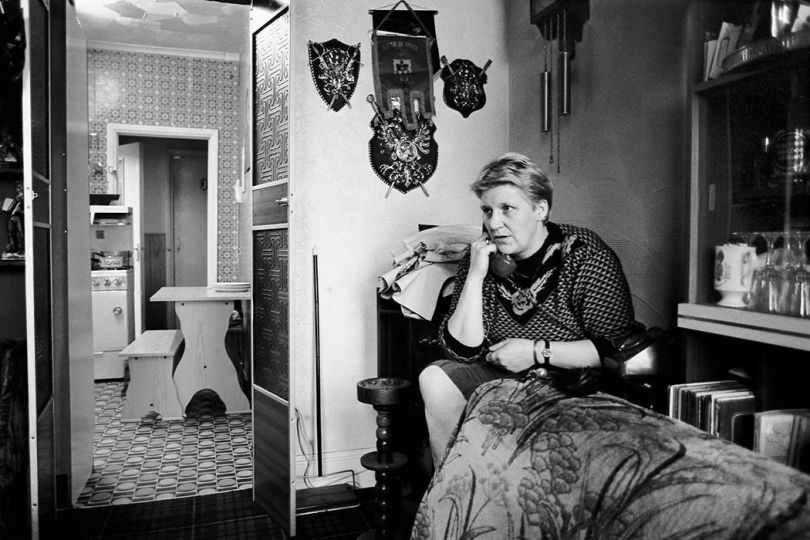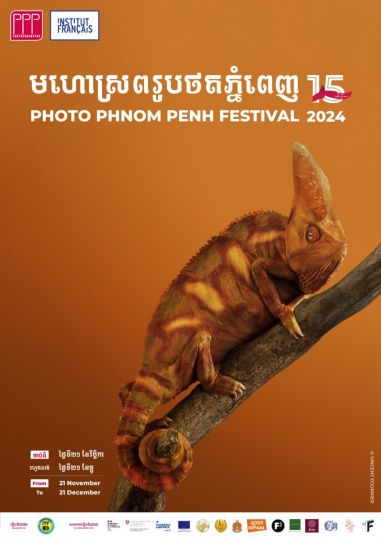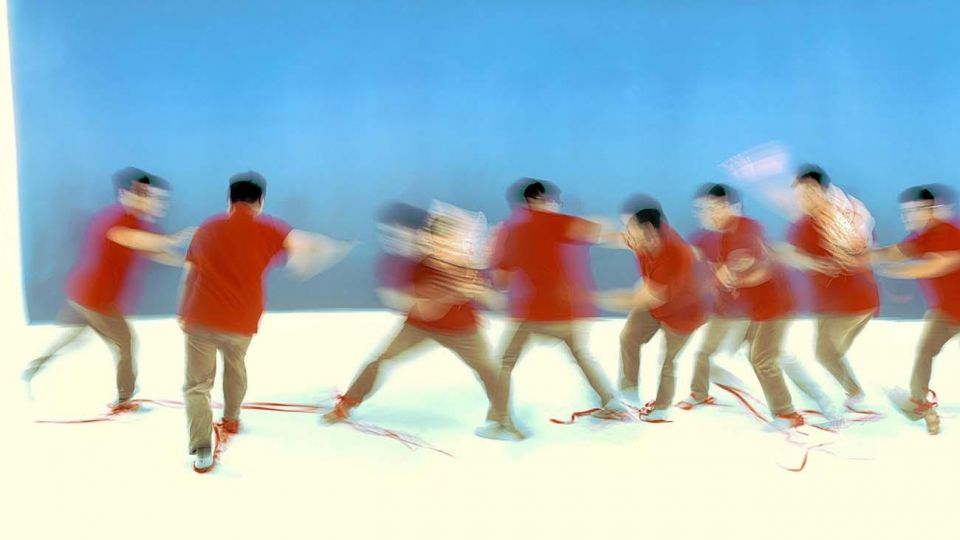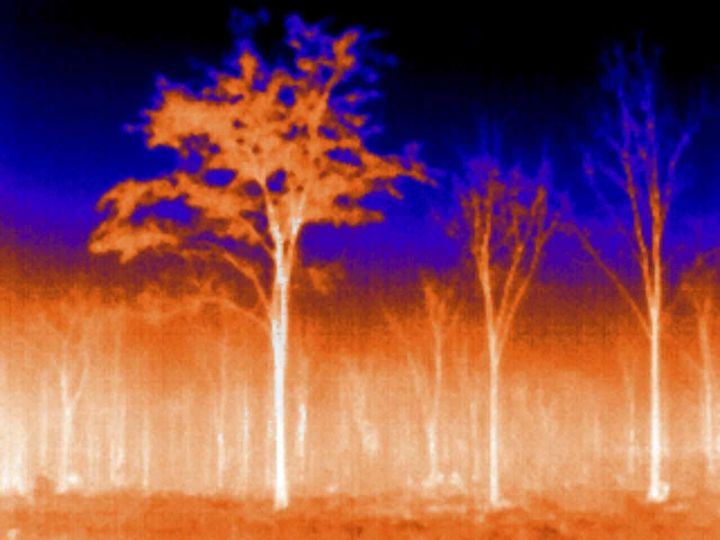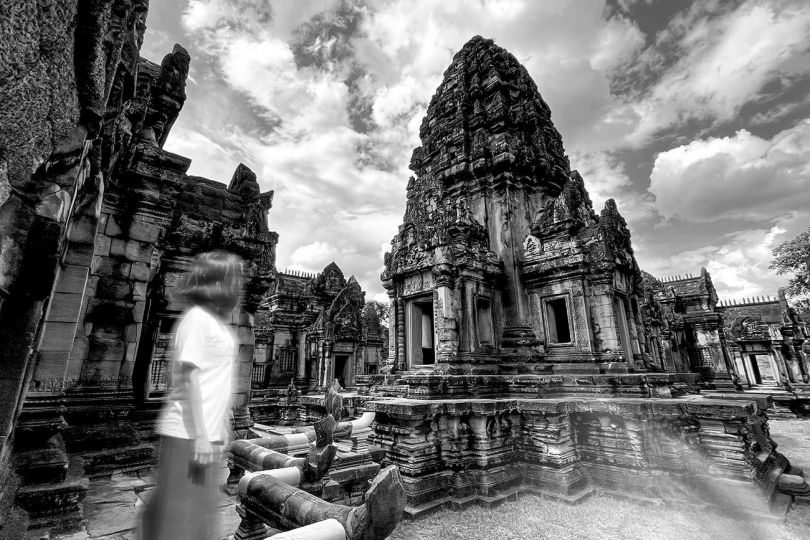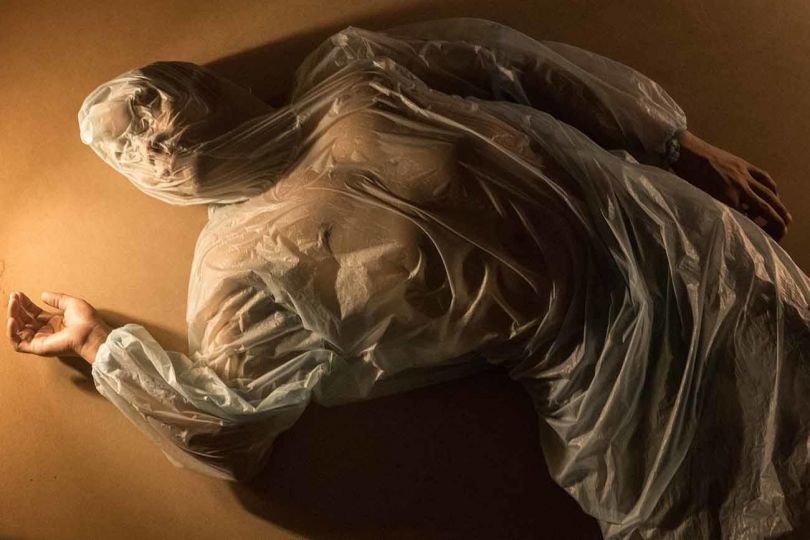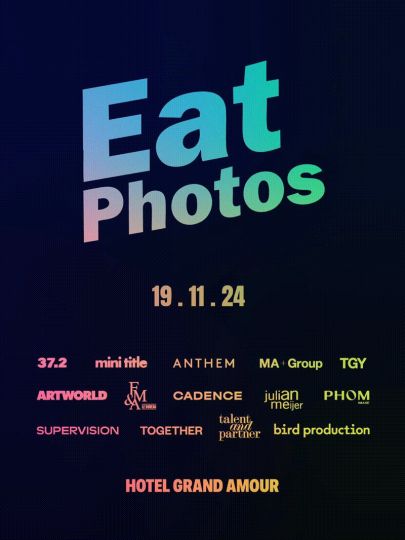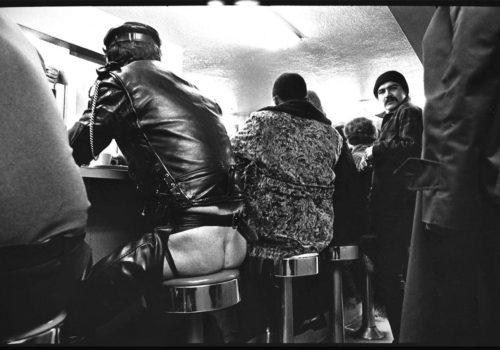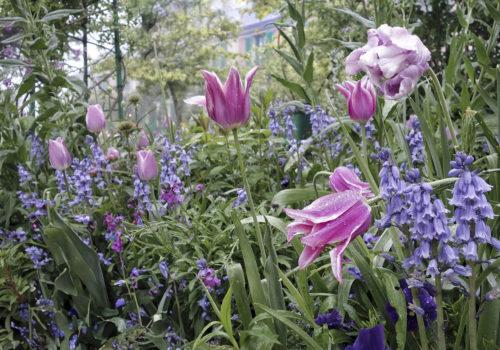Travel Photo Jaipur is an international photography festival that will take place each February in India’s much beloved Pink City.
The festival’s exhibitions are presented in big formats that are designed for open-air display and are often site-specific, creating an interaction with the city’s heritage buildings that has never been attempted before.
Visitors are therefore invited to discover both a curated selection of international photography and the city’s iconic locations, such as the Hawa Mahal, built so that the women of the royal household could observe street festivals while unseen from the outside. The festival’s installation within the palace offers in effect a reversal of that sheltered gaze.
« Why travel? Is there such a thing as ‘travel photo’? We see the travel photographer as one who approaches any given reality -even if it is happening right round the corner- with the eyes of an outsider, with a certain distance from his/her subject or from a new perspective. The festival is not about perfectly composed landscapes or exotic locales, but of compelling visions of worlds to which the photographer will never be part. »
Lola MacDougall
Xiaoxiao Xu
China
She Huo (2014)
www.xiaoxiaoxu.com
“In February 2014, I visited North-West China, a rough and unknown part of the country, for the first time. My objective was to photograph She Huo, a centuries-old rural celebration that takes place around the Chinese New Year. She stands for “God of the land” and Huo literally means “fire”. The fire expels evil spirits and the God of the land brings blessings, derived from witchcraft and ancient totem worship.
The celebration uses costumes, instruments and props as part of a series of elaborate performances designed to bring good harvest and fortune for the New Year. In my photo essay, I tried to capture its atmosphere of curiosity, alienation, fairytale, mystery and longing that underlie this folk art.
I left China at a young age. Photography allows me to explore my own identity. These series of photos are the result of that exploration.”
Serena Chopra
India
The Ancients – Bhutan Diaries (2002-2006)
Serena Chopra has been travelling to Bhutan for more than twelve years, photographing a community as it experienced a shift towards modernity, while preserving its culture.
She trekked with a special permit to remote and restricted areas in high altitude regions as there were no roads that led to these faraway villages and nomadic communities. Serena had an intimate experience of the lives of various villagers since she lived with them during her repeated visits.
Over the years, Chopra has created an archive of human emotions observed while travelling through a country that has famously been defined as searching for “gross national happiness”.
In many images, a particular prominence is given to ceremonial masks, representing a variety of deities. The small size of Bhutanese masks that cover the wearers’ faces only up to the nose, together with an absence of openings where the divinities’ eyes are depicted, ensure that the sitter looks back at the photographer only from the openings of the mouth, thereby fracturing the gaze.
This exploration of a land so far away, yet so close has been catalogued with a discrete classicism that offers an evocative insight into the lives of the Bhutanese people.
Gideon Mendel
South Africa/UK
Drowning World (2007-ongoing)
www.gideonmendel.com
After nine years of travelling the world photographing floods, South African-born, London-based photographer Gideon Mendel knows that no two floods are alike.
It all started in 2007, when Mendel photographed a pair of floods that occurred within weeks of each other, one in the UK and the other in India. He could hardly have imagined that this body of work would become one of the most eloquent photographic statements about climate change, earning him the prestigious 2015 Prix Pictet.
What is disconcerting about these collaborative and intimate portraits is that, while the sitters pose as if for a conventional portrait, their environments have been entirely stripped of normalcy.
Mendel’s wanderlust has led him to explore the ancient metaphor of the flood, and to underscore the world’s continued vulnerability to the vagaries of nature.
Laurent Chehere
France
The Flying Houses (2007-ongoing)
www.laurentchehere.com courtesy of http://www.galerieparisbeijing.com/
Laurent Chehere, inspired by a poetic vision of old Paris, transforms ordinary homes in the outskirts of Paris into fantastical buildings presented as aerial still lifes.
Separated from their urban context and unchained from the anonymity of the street, these buildings narrate a story about the individual lives of their inhabitants. From afar, the houses appear whimsical and carefree, but upon closer inspection, the details of their dwellers reveal a more complex story.
In this surreal universe, inspired by Jules Verne, Albert Robida, Hayao Miyazaki, Albert Lamorisse, Wim Wenders, Federico Fellini, Marcel Carné, immovable assets become just the opposite: a means of transportation that remind us that at times a change of context is all it takes to start travelling.
Aitor Lara
Spain
Tower of Silence (2005-2008)
www.aitorlara.com
Aitor Lara visited Uzbekistan to follow in the footsteps of Spanish Ambassador Ruy de Clavijo, who travelled through Central Asia between 1403 and 1406. Lara’s objective was to compare the diplomat’s chronicles with the contemporary situation of a country that was going through enormous transformation following the disintegration of the Soviet Union.
Both travellers, while separated in time, shared an intense desire to find wonder, that elusive concept that Europeans have consistently tended to locate in Asia, perhaps as an acknowledgement that there were unimaginable wonders to be found in cultures untouched by Christianity.
Eunice Adorno
Mexico
The Flower Women (2012)
http://euniceadorno.net
The Flower Women is a study of the life stories of a group of Mennonite women who gave Adorno access to their intimate spaces and daily experiences within their communities, located in the Durango and Onda Zacatecas regions of Mexico.
These images subvert the notions of Mennonite culture as being conservative and rigid, by highlighting the emotional bonds between these women and the harmony they live in. The photographer communicated with the women either in Spanish, or in the German spoken within the community, but also through gestures that universally speak of friendship, secrets, amusements…These images are, in some sense, a continuation of that conversation and complicity.
Adorno, while sharing the same nationality as the sitters, has ventured into a culture from which she will forever remain an outsider.
George Osodi
Nigeria
Nigeria Monarchs (2012-ongoing)
www.nigeriamonachs.com
Pre-colonial Nigeria boasted many kingdoms whose fate changed with the arrival of the British. In 1963, when Nigeria became a republic within the Commonwealth, the monarchy system was formally abolished. However, the royal families have remained relevant in the political landscape, often serving as intermediaries between their communities and politicians. They still command the respect of their subjects and enjoy an exalted status.
Beyond the striking personalities, the full regalia and sense of fashion offer an insight into a fascinating culture. Through these images, we follow George Osodi’s journey of discovery of his own country, and of Nigeria’s monarchs who remain the custodians of peace and of an important cultural heritage.
Curated by Ziggi Golding
Luis González Palma
Guatemala
The Annunciation (2007) / Via 7 (2008)
www.gonzalezpalma.com
The series The Annunciation (a collaboration with Graciela de Oliveira) is a study of hands in classical Western paintings depicting the angel Gabriel’s announcement to the Virgin that she would soon become the mother of Jesus.
We wish to discern in these sophisticated photographic translations of classical portrayals of hands a reflection on the universality of certain hand gestures. When travelling in a land whose language is foreign to us, gestures of the hand instinctively become the first mode of communication.
In Via 7, the gaze moves downwards to present us with portraits of shoes. These are mass produced, working class shoes, used till they are threadbare, belonging to people so entrapped in the drudgery of their daily lives that they can only dream of travel, and reminding us that it is a luxury beyond the reach of many.
Anna Fox
United Kingdom
The Pulikali Tigers (2011-2012)
www.annafox.co.uk
Pulikali play (in Malayalam, ‘Puli’ means leopard or tiger while ‘Kali’ stands for play) is a ritualistic transformation typically performed during Onam, a harvest festival held each year in Kerala.
Fox approached the pulis with her large-format camera and a request: just before she shot them, she asked them to strike a dance pose that counters the rigidity of the studio photograph with the improvisation of performance. She also asked the tiger-performers to take their masks off, in order to reveal the contrast between fiction and reality.
Fox is a traveller-photographer with a soft corner for India, a country that she first visited in 1984 and that she has returned to innumerable times ever since.
Catherine Balet
Looking for the Masters in Ricardo’s Golden Shoes (2013-2015)
France
www.catherinebalet.com
One summer day a few years ago, Catherine Balet was having breakfast with her friend Ricardo at a café in Paris when she suddenly had a vision of him as Picasso, as famously portrayed by Robert Doisneau. Almost like children at play, they agreed to re-enact the iconic photograph, initiating the “search for the masters”, a series that now comprises 110 photographs, which will be published by Dewi Lewis in 2016.
The septuagenarian Ricardo thus became the photographer’s muse, a charismatic sitter who added to these re-creations a singular element from his own life: his golden shoes. The shoes became a recurring leitmotif in these re-enactments of the golden moments of photography, from a self-portrait taken in 1839 down to the present day.
Using a very contemporary practice -the appropriation- this journey through the history of photography questions our perception of memory and makes us wonder what makes a picture iconic.
Siya Singh Akoi
India
The Dog Show Project (2009-2010)
In the winter of 2009, Siya Singh Akoi travelled the breadth of India in search of dog shows. She was interested in exploring their commercial nature and discover the nuances of bonds between ‘man and his dog’ .
To draw the viewer’s attention to tiny details of the portraits and to make her subjects feel more aware of themselves as they stood in front of her, the photographer journeyed with a makeshift 9 foot X 9 foot ‘studio’ made of cloth.
A lover of canines herself, Singh Akoi has never paraded any of her own eight dogs at shows. “My dogs don’t wear collars and don’t know how to walk on a leash” she says, “and my handsomest one would probably bite the judge.”
MAfIA
Argentina
Alto Mar, 2014
www.somosmafia.com.ar
Ever since the second half of the 19th century, when the phenomenon of mass tourism first emerged, the seaside has come to epitomize the touristic escapade. Coincidentally, this is also a period which saw the rapid expansion of photography, and it should come as no surprise that the two have developed a symbiotic relationship, with photographs validating the tourist experience.
The coastal city of Mar del Plata in Argentina experienced a construction boom from the 1950s to the 1970s, and successive waves of ‘development’ have transformed it into the country’s largest beach resort. Around 2 million tourists visited Mar del Plata between the 1st of December of 2013 and the 26th of January of 2014 alone, a number four times larger than the total population of the city.
In these portraits, Argentine sitters uninhibitedly display their bodies in the midst of a crowd of bathers. The use of flash creates a sense of studio and de-contextualization. This has the effect of individualizing the subjects despite the sea of humanity surrounding them, and subtly questions the phenomenon of mass tourism.
Rafal Milach
Poland
In the Car with R. (2010)
http://rafalmilach.com
In the car with R was a book-project that resulted from a road trip that Polish photographer Rafal Milach undertook with Icelandic writer Huldar Brejdfiord in 2010.
“To do the ring” is an Icelandic expression that refers to a trip around Route 1, the highway that encircles the country. It is a journey most Icelanders undertake at some point in their lives. Despite the apparent innocuousness of the endeavour, the writer warns us that doing the ring is fraught with danger: a lot of journeys on this road have ended in either divorce or in pregnancy.
These risks of travelling with others are further aggravated when the travellers, on account of their different disciplines, acquire different rhythms and pace. The writer grumpily observes: “travelling with a photographer is a bit like shopping with a girlfriend who wants to look at all the clothes and try everything on – a never-ending drag.”
In the Car with R is the poignant narration of a trip that -despite the misunderstandings- necessitates two different ways of seeing to engage each other: “When it comes to traveling (and photography?), what you see matters less than the way you look at it.”
Nishant Shukla
India
Brief Encounters (2008-2009)
www.nishantshukla.com
Till date, the train remains India’s favourite means of long-distance travel, and travel as a theme has preoccupied photographer Nishant Shukla for some years.
In 2008, Shukla embarked on a train trip that took him from Jammu Tawi to Kanyakumari and in 2009 from Okha to Guwahati, thereby reinterpreting the existing railway grid through his own personal experience.
The result is a series of portraits of people he encountered on his journeys. Says Shukla of this endeavour, “By recording different ‘types’ of people against the consistent backdrop of the train, the camera granted me the license to interact and stare at my travel companions.”
Karen Knorr
India Song
http://karenknorr.com
Karen Knorr’s photography explores cultural heritage and its ideological underpinings. Questions concerning post colonialism and its relationship to aesthetics have permeated her photographic work since the 1980s. Her work India Song researched the stories and myths of India photographing animals and placing them in temples and palaces across heritage sites in Uttar Pradesh, Rajasthan, Karnataka, Tamil Nadu and Maharastra, blurring boundaries between reality and illusion. Karen Knorr won the V International Photography Pilar Citoler Prize in 2011. She has been nominated for the Deutsche Börse in 2011 and 2012 and Prix Pictet in 2012. Her work is included in collections worldwide including the Tate Museum and the Musée Pompidou .
Exhibition Courtesy Tasveer Arts www.tasveerarts.com
FESTIVAL
Travel Photo Jaipur 2016
www.travelphotojaipur.com

